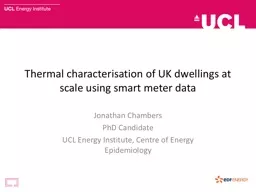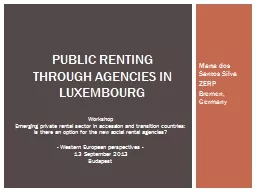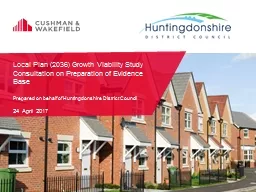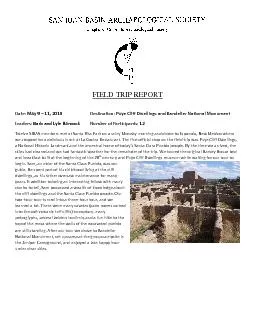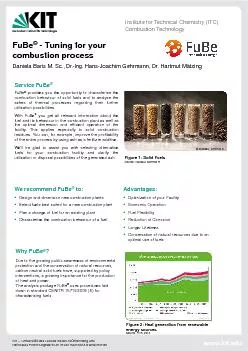PPT-Thermal characterisation of UK dwellings at scale using sma
Author : pamella-moone | Published Date : 2017-04-15
Jonathan Chambers PhD Candidate UCL Energy Institute Centre of Energy Epidemiology E nergy in homes climate and health UK homes account for about 25 of energy use
Presentation Embed Code
Download Presentation
Download Presentation The PPT/PDF document "Thermal characterisation of UK dwellings..." is the property of its rightful owner. Permission is granted to download and print the materials on this website for personal, non-commercial use only, and to display it on your personal computer provided you do not modify the materials and that you retain all copyright notices contained in the materials. By downloading content from our website, you accept the terms of this agreement.
Thermal characterisation of UK dwellings at scale using sma: Transcript
Download Rules Of Document
"Thermal characterisation of UK dwellings at scale using sma"The content belongs to its owner. You may download and print it for personal use, without modification, and keep all copyright notices. By downloading, you agree to these terms.
Related Documents

